Loneliness is an epidemic. This kind of hike can help you connect
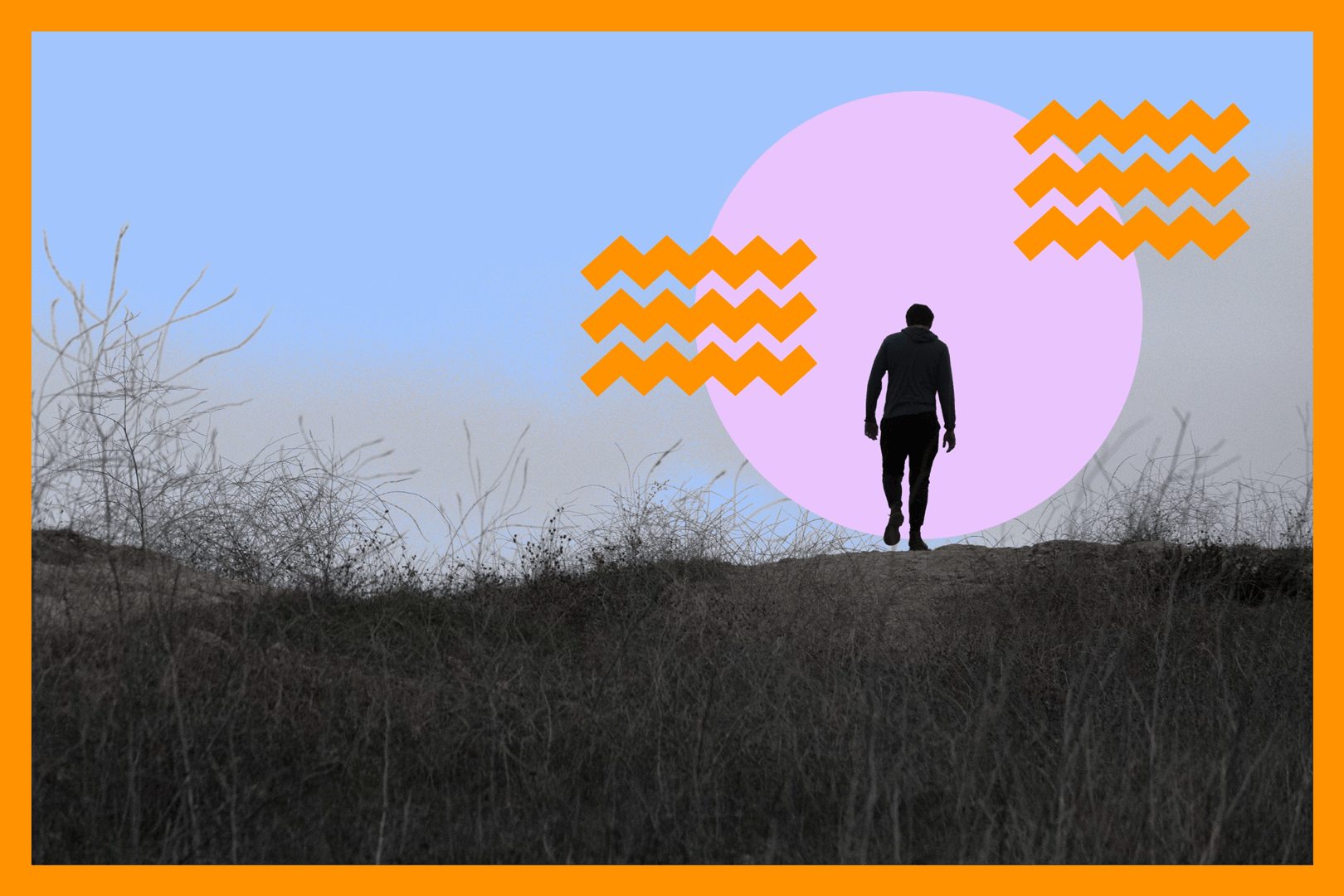
- Share via
Editor’s note: The Wild is all about featuring a variety of exciting voices from SoCal’s outdoors scene. We loved having veteran journalist Dakota Kim share her explorations and escapades with us over the last several months. Starting this week, we’re kicking off a series of guest newsletter writers (let’s call ‘em “wilders,” shall we?) from around The Times who are eager to share their adventures with you. Our first guest wilder on deck — this week and next — is Times staff writer and flora-loving SoCal native Jeanette Marantos who spends much of her outdoor time working in her garden, exploring L.A.’s many neighborhood stair walks and strolling about botanic gardens.
It’s official — we are a nation of lonely people, and all that social disconnection is worse for our health than obesity and physical inactivity, says Surgeon General Vivek Murthy.
Loneliness is associated with a greater risk for cardiovascular disease, dementia, stroke, depression, anxiety and premature death, Murthy wrote in his May 2023 report “Our Epidemic of Loneliness and Isolation,” and the effects on our mortality are similar to smoking up to 15 cigarettes a day.
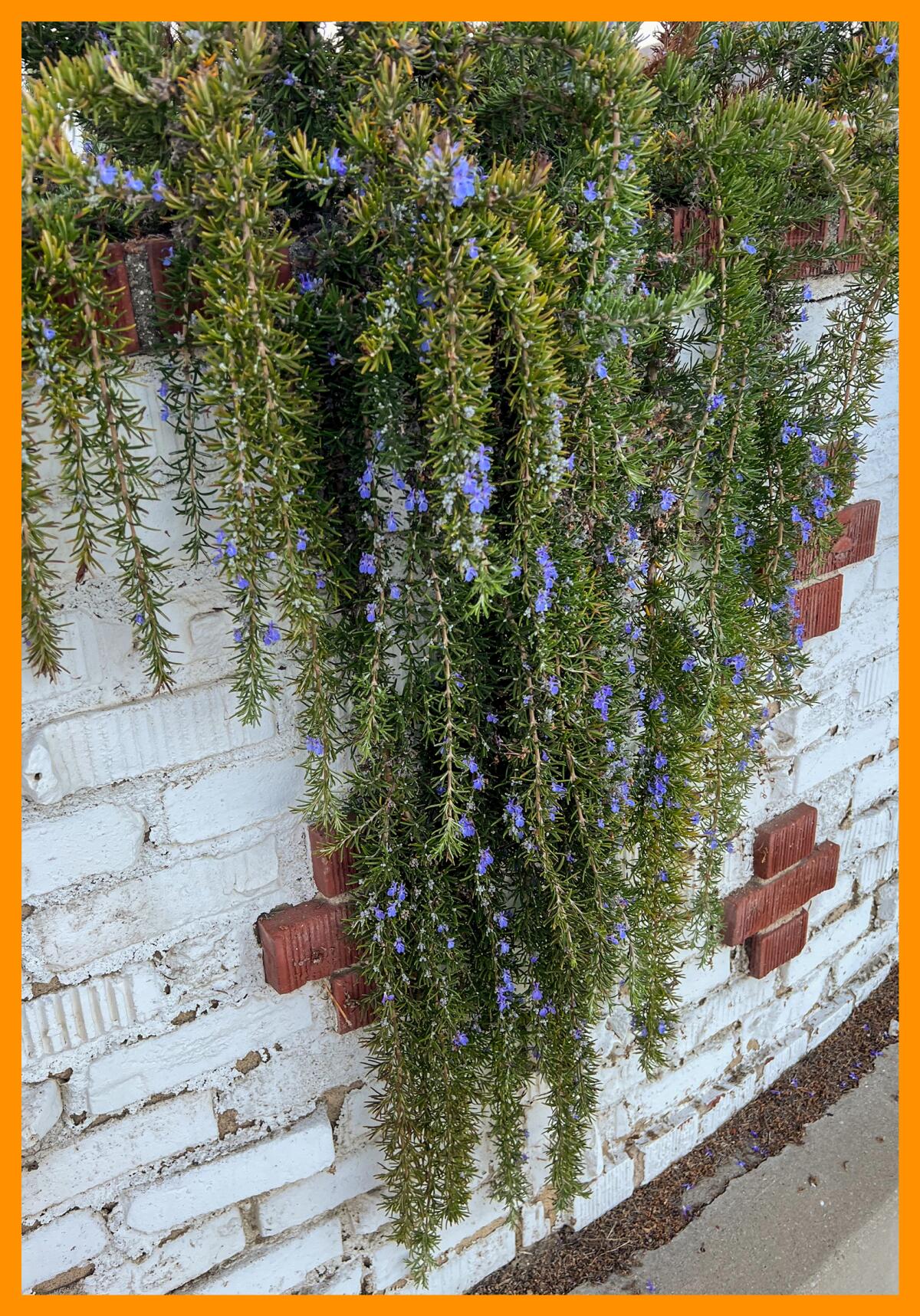
Which is why I’m suggesting that this week, instead of lacing up your hiking shoes for a backcountry trek, try hiking your neighborhood instead.
Don’t roll your eyes. I know you already take walks in your neighborhood, but let’s break that down. How often do these walks involve the same short route, checking your phone while your dog sniffs around or paying scant attention to your surroundings because your mind is racing with thoughts about work or some other crisis du jour?
I’m saying take some time to explore your neighborhood the way you might explore a new trail. Put your phone in your pocket and give your dog a thrill by choosing a route different from your normal walk and pay attention.
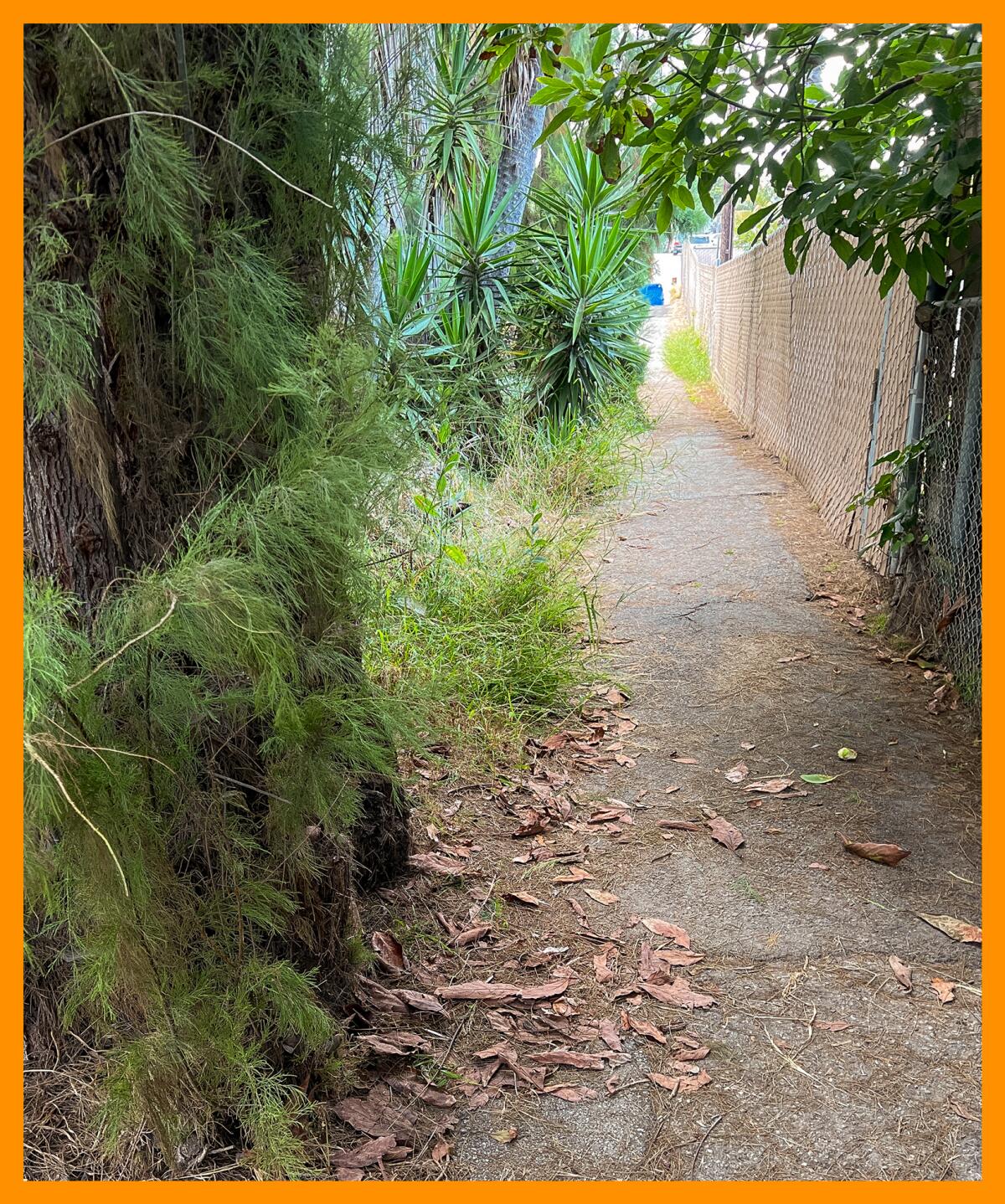
You might, like I did, find a secret leafy alley to a whole new neighborhood, or a staircase you never knew existed. You could discover a massive sycamore tree with a horizontal branch so broad and strong it looks like a perch for the Na’vi. Or, like amateur botanist James Davis, find a rare, ancient and very tiny native plant, Geothallus tuberosus, in the canyon outside your San Diego area home.
Or, you just might find the love of your life.
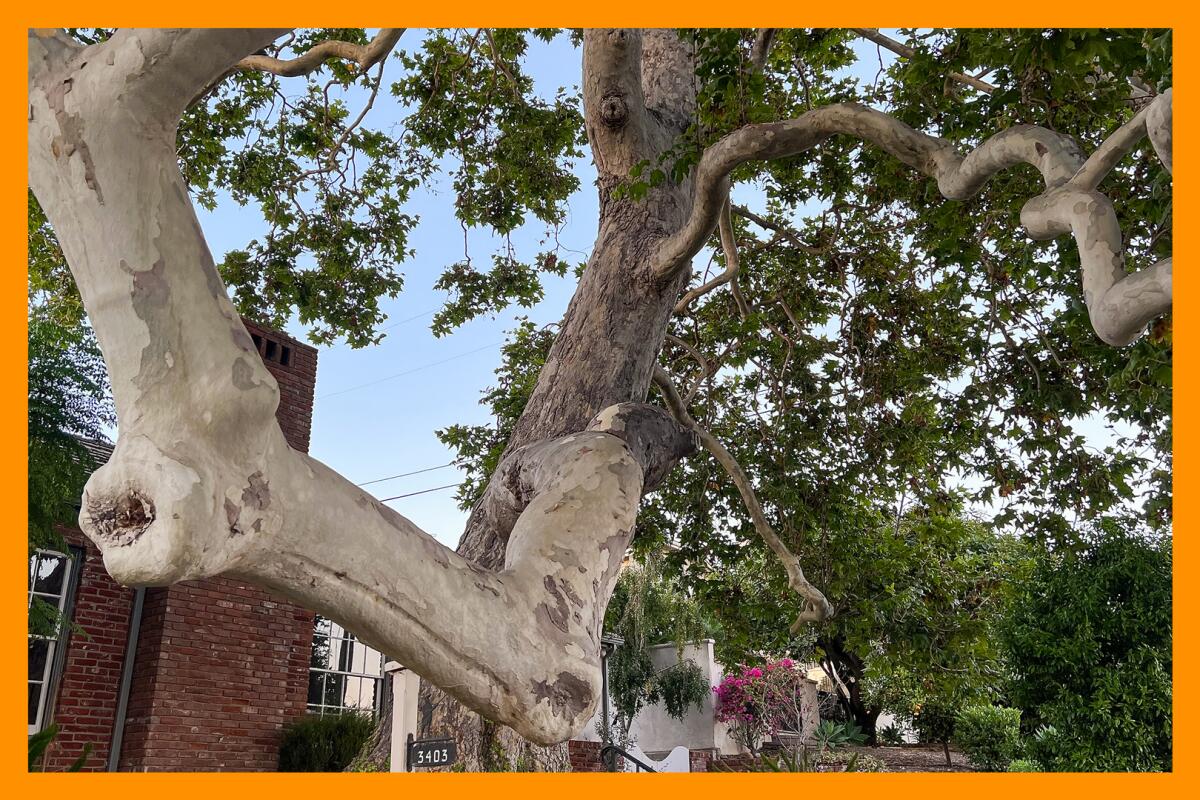
True story: I have a friend, divorced for five years, who went walking in her neighborhood past a home whose landscaping she’d often admired. Usually no one was outside, but, on this particular day, there was a man sitting on the porch. They chatted briefly. It turns out he’d only lived in the house a few years and the landscaping had been done by someone else, so he couldn’t answer her questions about it.
He mentioned that his name was Jeff; she said her name was Hilary. She motioned toward the area where she lived and then walked on, never thinking about it again until a few weeks later, when she happened to be outside and a male voice excitedly called her name.
It was Jeff. It turns out he’d been walking her neighborhood for days, hoping to cross paths again. He’d been a widower for years and usually sat in his backyard, closed off from the world. But on the day Hilary walked by, he had gotten a wild hair and decided to try the front porch instead.
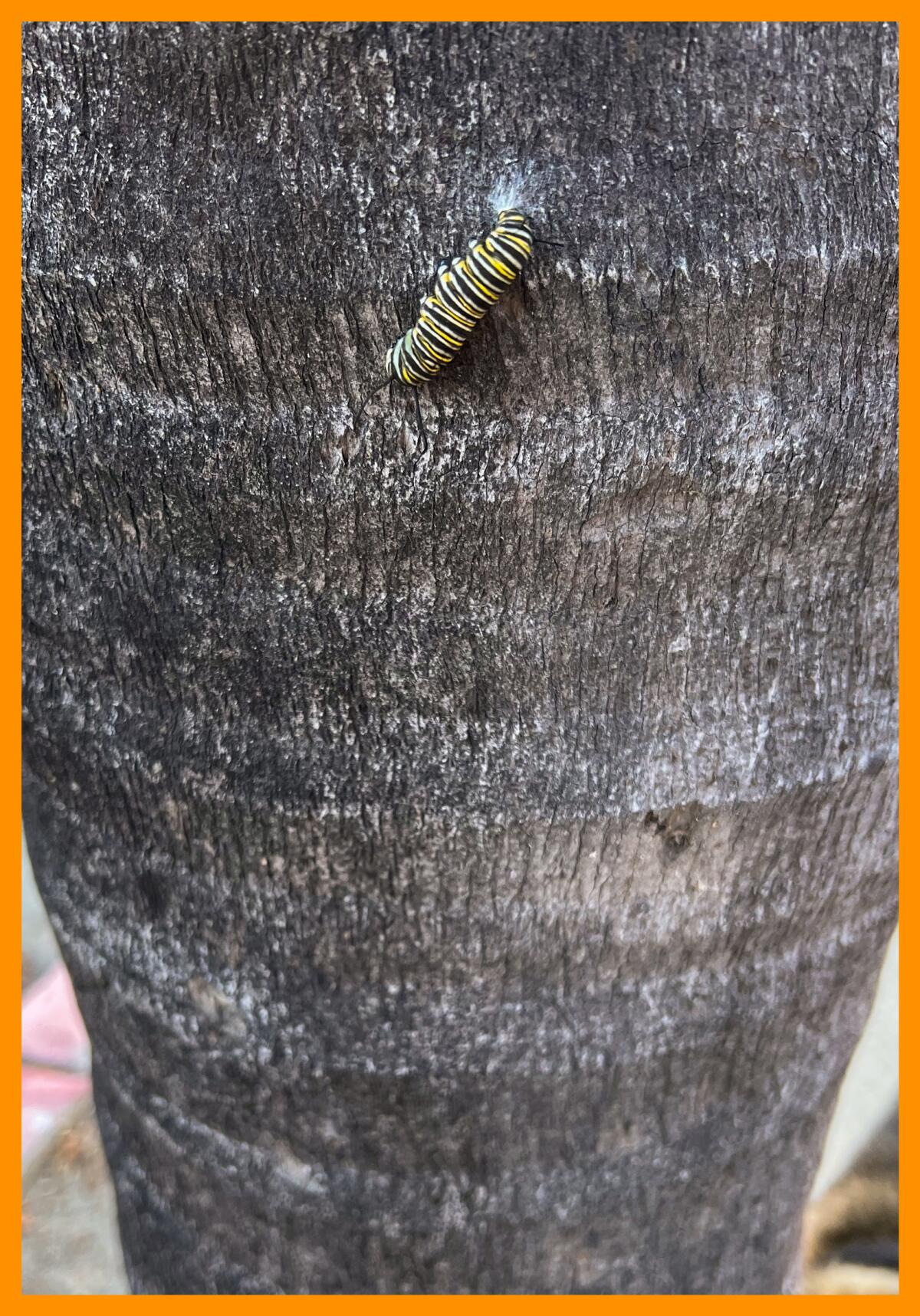
These days, Hilary does a lot of traveling with the man she calls “my new friend Jeff.” They haven’t made any long-term commitments — yet — but when they attended the wedding for Hilary’s young niece this summer, she and Jeff were easily the second-most radiant couple (behind the bride and groom, of course) on the dance floor.
Now, I’m not suggesting that mindful neighborhood walking will lead to romance or even result in finding a rare plant, but it can definitely enhance your life. Since I moved to Ventura in 2020, I’ve made friends with several of the people walking by my home, after they stopped to chat about my towering sunflowers or abundant artichokes.
The trick is to be present during your jaunts and pay attention to details. If Hilary hadn’t noticed Jeff’s yard on her previous walks, she never would have stopped for that first fateful chat.
Of course, it helped that Jeff was there to talk to. So another suggestion to stave off our epidemic of loneliness: try sitting in the front yard instead of the back, and practice saying hello.
Get The Wild newsletter.
The essential weekly guide to enjoying the outdoors in Southern California. Insider tips on the best of our beaches, trails, parks, deserts, forests and mountains.
You may occasionally receive promotional content from the Los Angeles Times.
3 things to do

1. Give a bird a hand … as long as it’s heavily gloved. Raptors are extraordinary creatures, a combination of elegant grace, ferocious cunning and speedy strength. Now imagine all of that with long glossy feathers — and resting on your arm. If that kind of thrill makes your heart leap, then check out this Intro to Falconry class taught by biologist and professional falconer Adam Baz of Hawk on Hand from 9 to 11 a.m. on Sept. 17 at Ernest E. Debs Regional Park.
The $100 ticket includes a lesson in falconry, individual time holding and flying falcons and — of course — a chance to wear one of those bitchin’ cool falconry gloves. Participants will be introduced to three birds of prey, including a baby owl and a huge exotic hawk, and will learn about falconry history, equipment and raptor conservation, along with a chance to be photographed with the birds. The official meet-up location will be provided after you buy your ticket.

2. Learn the art of hiking and elegant fishing at the same time. Fly-fishing enthusiast Sydney Cortright learned fly-fishing from her dad, and now she’s sharing her passion with a class in the basics from 5 to 7 p.m. on Sept. 6 at the Pasadena Casting Club. The $45 class includes information about fly rods, knot tying, dry flies, trout identification, reading water in streams and lakes and casting techniques. Participants will have the chance to try both classic rod and reels as well as the minimalist tenkara method (with no reel). (Note: This workshop is a prerequisite for Cortright’s fly-fishing field days and camp trips like the nearly sold-out one scheduled for Sept. 16 along the Kern River for $75.)
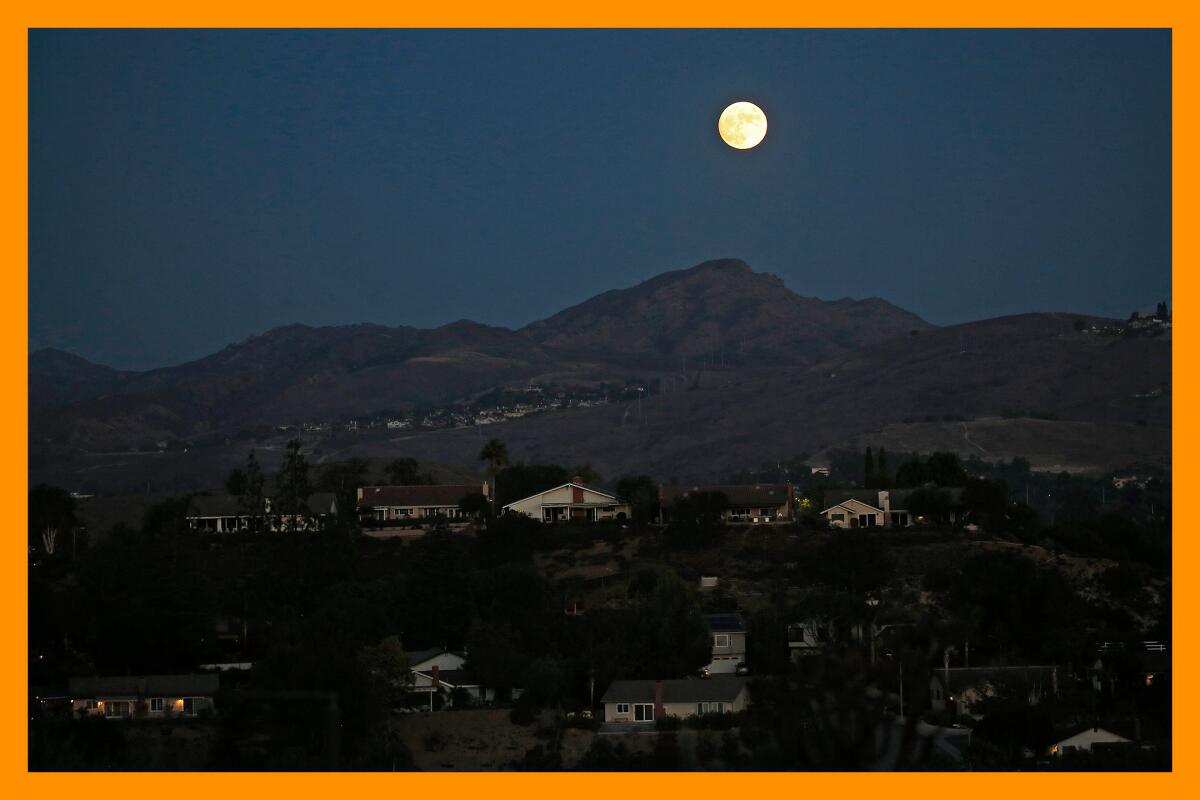
3. Take a park hike with history and enjoy the lovely sunset/moonrise views. Expect a full moon for this free, guided Aug. 30 hike at the Audubon Center at Debs Park in Montecito Heights, organized by Latino Outdoors Los Angeles. This moderate-difficulty hike will include a talk about the history of the Audubon Center as well as information about plants and animals native to the area. Participants are asked to register in advance and meet at the gate to the center at 5:45 p.m. The hike begins at 6 p.m. and should be completed by 8:30 p.m.
The must-read

As I write this, the body count from the terrible wildfire in Maui continues to mount, with no end in sight, whole towns are being evacuated in Canada due to approaching fires and Southern California is recovering from the destruction wrought by a rare tropical storm.
And all I can think about is the story of Cassandra, the Trojan priestess who could see the future, but was cursed with the maddening burden that no one would believe her. The result? When a giant wooden horse arrived at the gates of Troy, no one listened when she warned about the dangers within.
Our climate scientists must understand her pain. They’ve been predicting these dire outcomes for years now, and suddenly the reality is upon us. Times reporter Corinne Purtill asked climate scientists how they’re coping and their responses were sobering.
“It was always like, ‘Well, yes, I’m really worried about 30, 50 years from now,’” said Mike Flannigan, a fire scientist at British Columbia’s Thompson Rivers University. “Now, I’m worried about what’s going to happen next year, let alone the next 10 or 20 years.”
Purtill’s story is moving because scientists have this reputation for being aloof from the emotional responses that plague the rest of humanity. Her story reveals that they are angsty just like the rest of us.
Clearly, the effects of climate change are a global phenomenon. Maybe these terrible events can pull us together and better help us hear — and act on — what our climate Cassandras have been saying for years.
Happy adventuring,

P.S.

I‘d hate to end with handwringing, so here’s a note of encouragement: This all feels overwhelming, but there are some simple — and relatively easy — changes we can make in our daily lives to significantly improve our world.
1. Keep food out of the landfill. Organic waste like vegetable trimmings, egg shells, cardboard and lawn clippings (which should stay on your lawn, by the way, as cheap and useful fertilizer) are the chief contributors to methane gas in our landfills. If we divert our food waste to home compost piles or municipal composting facilities we will significantly reduce emissions fueling global warming and create a way to improve our depleted soils (with compost) or create biogas to power facilities. Seriously, you have to scrape your food into the trash anyway, so why not scrape it into a different container instead? (The Los Angeles Sanitation Department provides free kitchen pails to city residents, as do other jurisdictions, so if you haven’t gotten one, call your public works department and see if they have any available.) Since 2022, SB 1383 requires every jurisdiction to provide organic waste collection services to all residents and businesses. But it’s all for naught if we don’t do our part to get the food waste out of our landfill garbage.
2. Reconsider your car. If you’re in the market for a new car, and have the funds, think hard about going electric. Times staff writer Russ Mitchell has created a useful guide for how to make this decision, and what vehicle might best work for you. Two takeaways: One, if you’re worried about the environment, it might be best to just drive your old gas-powered car into the ground first. Two, try shopping for used electric cars, which are easier to find and less costly to purchase than newer models.
3. Fire-assess your home and yard. Alex Wigglesworth’s excellent article about the house that went unscathed in the Lahaina fire is a great reminder about things we can do to improve our own chances of surviving a wildfire. I am reminded of a man who stayed in his Malibu hills home to combat the Woolsey Fire and hunkered down inside when it roared over his house. Initially, his house seemed fine, he said, until he realized that a wooden trellis attached to the outside wall had ignited, and the hoses he had been using to wet everything down had melted in the passing flames, so there was nothing he could do to stop the fire from consuming his home.
4. Pick up trash. Walking through my neighborhood has made me feel more connected and protective of my surroundings. I wouldn’t leave trash in my front yard, so I’m increasingly troubled by the trash I find on my walks. I’m usually accompanied by my two dogs, but they already stop and start with such annoying frequency, I’ve added a larger plastic bag to the ones I’m already carrying and pick up trash while they’re sniffing around. Who knows, a cleaner street or trail might stop people from littering in the first place.
These may seem like small steps individually, but together, we can make a difference. It’s not somebody else’s problem anymore. It’s right here, right now, at our front doors.
For more insider tips on Southern California’s beaches, trails and parks, check out past editions of The Wild. And to view this newsletter in your browser, click here.
Sign up for The Wild
We’ll help you find the best places to hike, bike and run, as well as the perfect silent spots for meditation and yoga.
You may occasionally receive promotional content from the Los Angeles Times.




